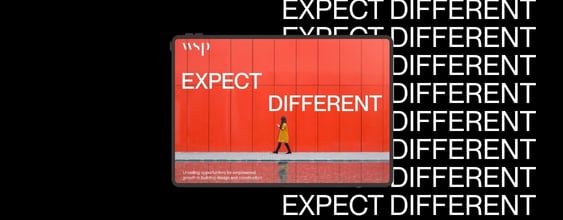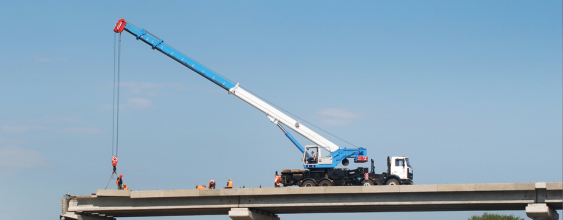‘Reference man’ has been used by the built environment for over 45 years as the benchmark for design. Perhaps unsurprisingly, this benchmark is a young white male of average proportions with a Western lifestyle.
There are many ways in which reference man sidesteps the diverse characteristics of people, but the most obvious is that it overlooks women. Steph Barton, a business analyst at WSP teamed up with Eabha Elliott an intern with WSP from Queen’s University, Belfast, to produce an in-depth report exploring the resulting ‘Gender Data Gap’.
To what extent do you feel that your different backgrounds have helped to shape the Gender Data Gap report?
Eabha: I’m totally new to this research area so bring a fresh perspective, while Steph is more experienced. Perhaps what seems obvious to Steph, is less so to me and vice versa. We’ve complemented each other.
Plus, as a student, my core academic skills have come into play like my experience of the latest research methodologies, and my familiarity with setting up and managing surveys.
Steph: As well as her academic skills, Eabha has brought a lot of up-to date technical knowledge. She also has a fantastic understanding of the United Nations Sustainable Development Goals design principles because she is studying for a [Masters in Sustainability].
The Gender Data Gap project has required you to work closely together. How have you managed this without being able to meet face-to-face due to the coronavirus pandemic?
Eabha: It is more challenging to work together without meeting in person. But it helps that I know I can contact Steph, and other colleagues, to ask for help or just to touch base at any time. It’s a different experience but has still been a very good one.
Steph: In an office there would be that serendipity factor - the chance introductions and chats. Shadowing people at work. We’ve tried to mimic this as best we can, inviting Eabha to meetings where she can get a sense of who is doing what.
One big benefit of the current situation is that people across the business, from junior designers right up to our most senior colleagues, have more time because they are not travelling to work or meetings.
This has given us great access to people, enabling us to get word out about the project - explain why it matters, get their input and generally enthuse colleagues about it.
(To Eabha) What will be your biggest ‘take away’ from this project and your internship at WSP?
Eabha: The importance of gaining perspectives from other people. Before this project, I might have been guilty of being a bit of an individualistic kind of worker. But having the chance to work with people from across a number of teams has shown me that it’s the way to get the best outcome.
More broadly, design is about people, and if you’re designing for a lot of people, you need a lot of perspectives. You can’t assume anything.
(To Steph) What do you think interns bring to WSP in a general sense?
Steph: Along with that fresh perspective, they bring huge enthusiasm energising those around them. Interns can also bring a real focus to a project like the Gender Data Gap. Me and all my colleagues have multiple tasks and deadlines to manage, whereas an intern has the time to dedicate to a specific project.
Internships are an opportunity for WSP to pull in talent, while interns get a chance to learn about the practicalities of the workplace like setting up meetings, or just getting familiar with Outlook. Practical skills that will make transitioning to work from university easier.
Also, it’s been a great opportunity for me in terms of my career and personal development to mentor someone and get more line management experience.
(To Eabha) What advice would you give to students considering, or starting, an internship?
Eabha: Go for it and make the most of the opportunity! Talk to as many people as you can, find out how they have got to where they are. It’s a great chance to find out more about different roles and responsibilities in the industry - especially if you are working in a large diverse organisation like WSP. At university, you have no real gauge of the variety of potential job opportunities out there.
An internship is an eye-opener. It’s a chance to apply the knowledge you’re learning at university to real life contexts; a chance to get away from theory. At university the focus is: who has the best design idea? Here the focus is who are you designing for, and why are you taking the approach you’ve chosen?
What's the next step for your collaboration - and the report?
Steph: I think it’s safe to say we’re both very proud of the report and we’ve presented it together at various industry events such as the ITS (UK) / Cubic Women in ITS Forum. Eabha and I will, of course, be keeping in touch. We’re connected now!




.jpg)









